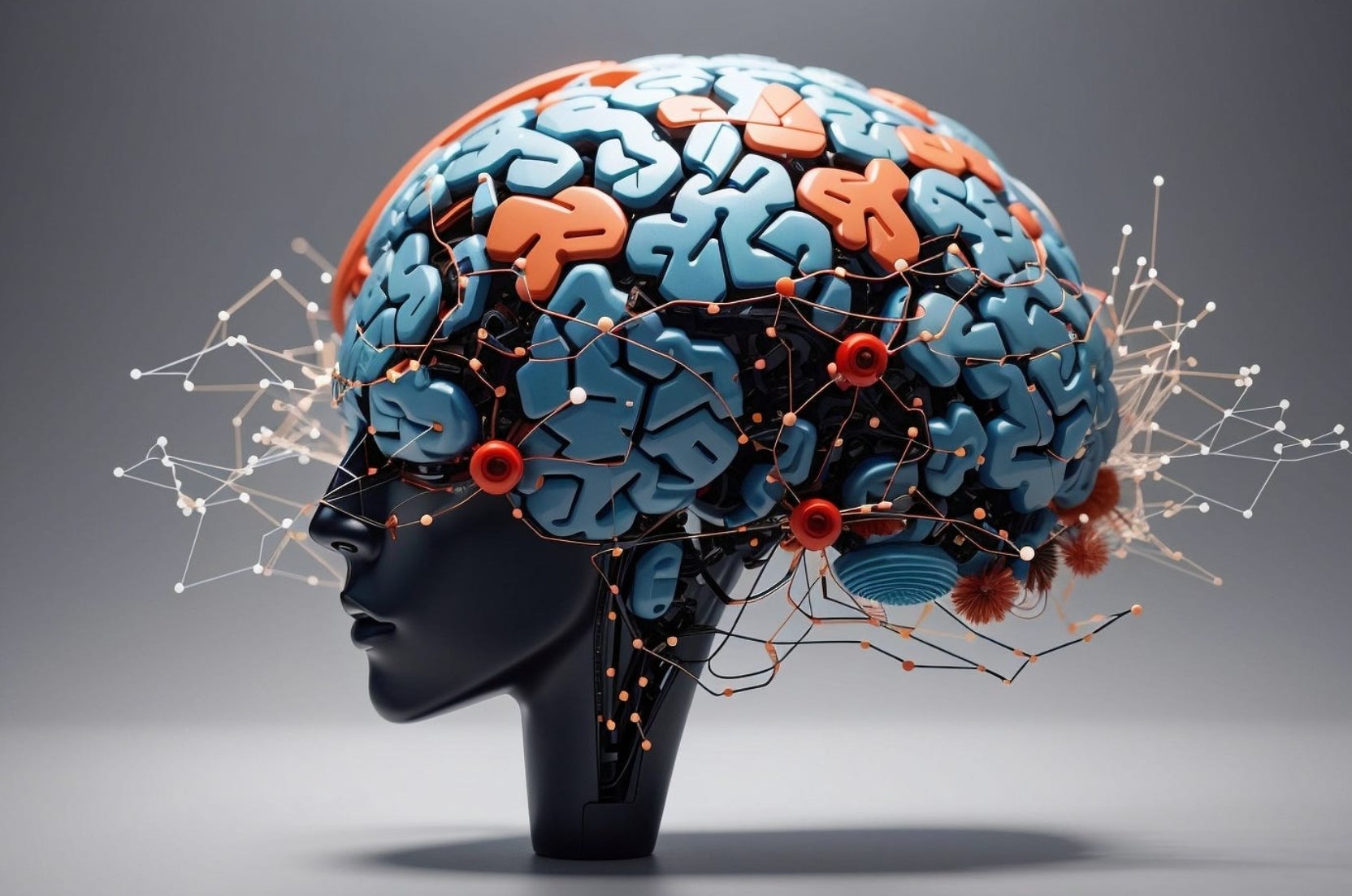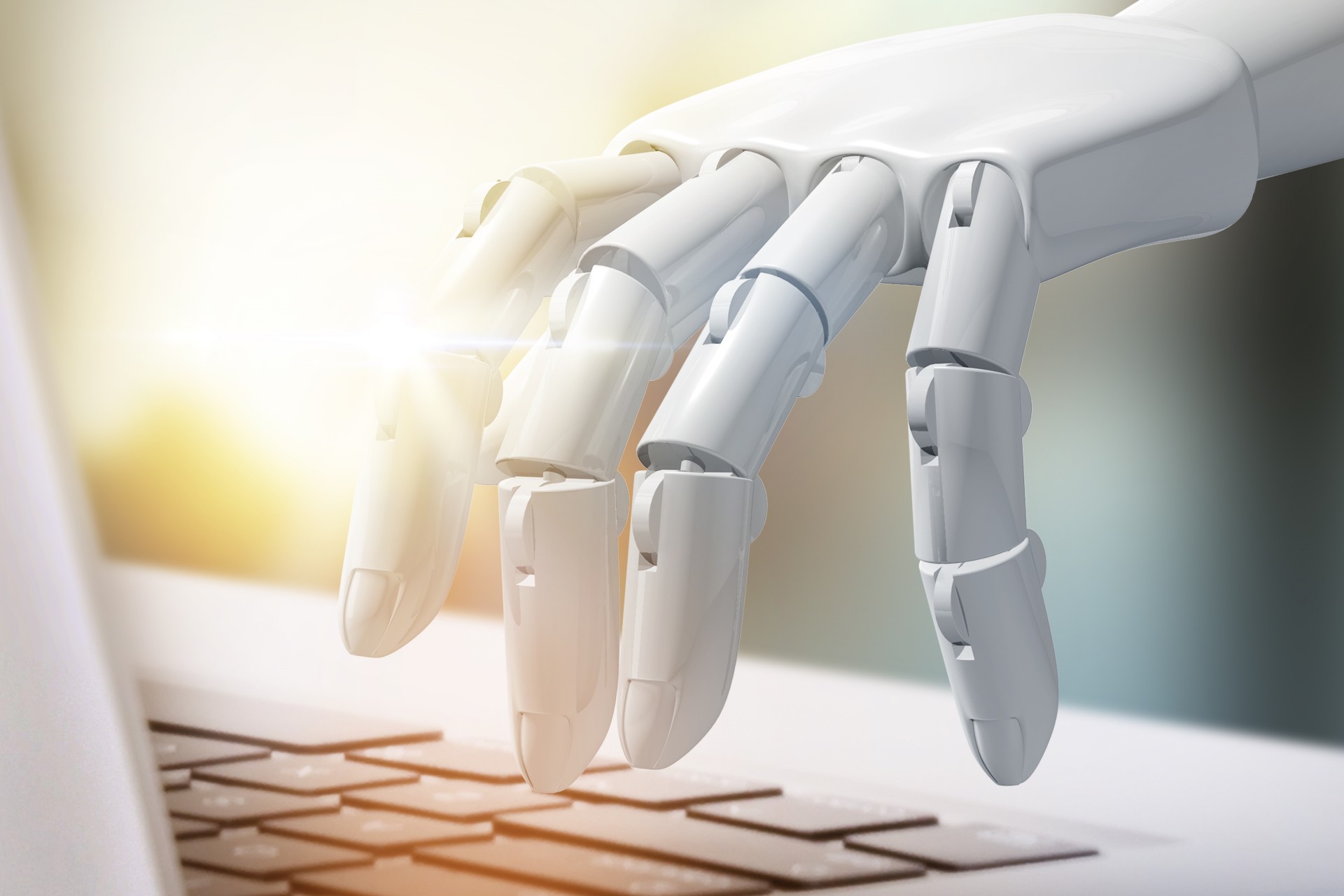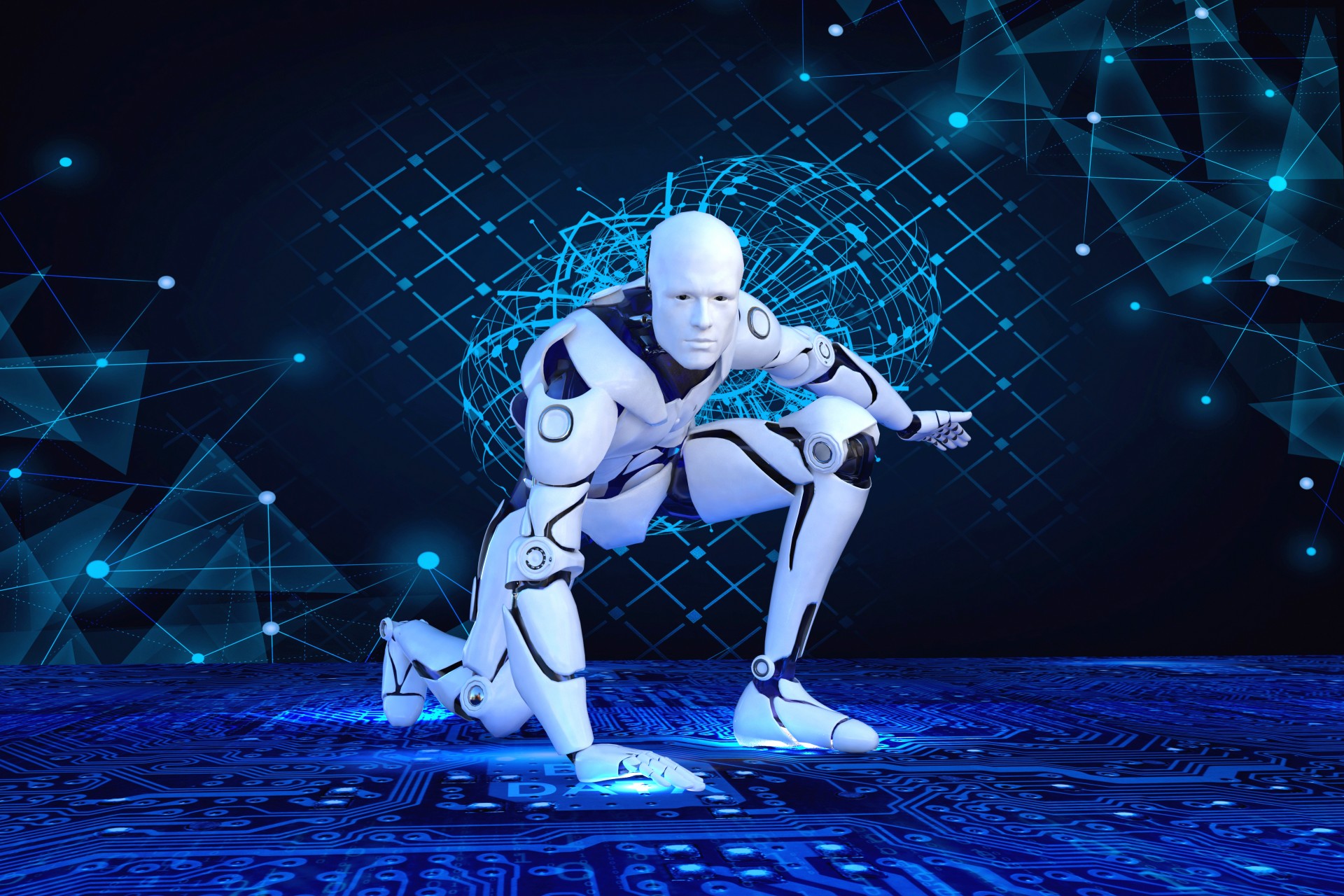RUP (rational unified process) is an object-oriented and network-based program development methodology. It is a method based on object-oriented methods. RUP adheres to a use-case-driven, architecture-centered, iterative and incremental development method.
Let’s briefly introduce RUP based on the mind map:

1. Six experiences
## 1) Iterative development
Each stage in RUP can be further decomposed into iterations. An iteration is a complete development cycle. Each cycle can produce an executable file. Each cycle is an incremental development until the final product is formed. Iterative development allows requirements to change during each iteration, and the understanding of the problem is deepened through continuous refinement. Iterative development not only reduces risks, but also allows the end of each iteration to boost team morale.
2) Management requirements
RUP describes how to extract, organize and document the functions and constraints of the system, use cases and scripts The use of has proven to be an effective method of capturing requirements.
3) Component-based architecture
An architecture based on independent, replaceable, modular components helps manage complex performance and improve usage. RUP describes how to design a software architecture that is flexible, adaptable to change, easy to understand, and conducive to reuse.
4) Visual modeling
RUP is often the same as UML is linked together to establish a visual model of the software system to help people improve their ability to manage software complexity. RUP tells us how to visually model the software system and obtain information about the architecture and the structure and behavior of the components.
5) Verify software quality
In RUP SoftwareQuality assessment is no longer a separate activity performed after the fact or by a separate team, but is all activities built into the process. This way, defects in the software can be discovered early, software quality can be improved, and software costs can be saved.
6) Control software changes
If there is no strict control and coordination in iterative development, the entire software development process will quickly fall into chaos Among them, RUP describes how to control, track, monitor, modify products, and isolate changes from other workspaces to establish a safe workspace for each developer.
2. Two-dimensional development model
RUPSoftware DevelopmentLifeCycle is a two Dimension’s software development model. The horizontal axis is organized through time, which is the life cycle characteristic of the process unfolding, reflecting the dynamic structure of the development process. The terms used to describe it mainly include cycle, stage, IterationandMilestone; The vertical axis is organized by content into natural logical activities, reflecting the static structure of the development process. The terms used to describe it mainly include Activities, products, workers and workflows. As shown in the picture:

##3. Core concepts
The core concepts defined in RUP mainly include roles, activities and work:
Role: describes the behavior of a person or a group and responsibilities. RUP pre-defines many roles. Activity: It is an independent unit of work with a clear purpose.
Artifact: It is a piece of information generated, created or modified by an activity.

4. Cropping
RUP is a general process template that contains many development guides, products, and role descriptions involved in the development process. Because it is very large, RUP is used for specific development organizations and projects. Cutting is also required, that is, RUP needs to be configured. RUP is like a meta-process. Many different development processes can be obtained by tailoring RUP. These Software Development processes can be regarded as specific instances of RUP. ##. RUP tailoring can be divided into five steps:
1) Determine whichworkflows are needed for this project.
2) Determine which artifacts are required for eachworkflow.
3) Determine how to evolve between the 4 stages. Determining the evolution between stages should be based on the principle of risk control. Determine whichworkflows are required in each stage, to what extent each workflow is executed, what products are there, and how long each product is completed. To what extent.
4) Determine the iteration plan within each stage. Plan the content to be developed in each iteration of the 4 phases of RUP. 5) Plan workflow internal structure. WorkflowInvolves roles, activities and products. Its complexity is related to the size of the project, that is, the number of roles. Finally, plan the internal structure of the workflow, usually given in the form of an activity diagram. 5. Development process # in RUP ##Software life cycle is broken down into four sequential phases in time, namely: initial phase, refinement phase, construction phase and delivery phase. Perform an evaluation at the end of each stage to determine whether the goals of this stage have been met. If the evaluation results are satisfactory, the project can be allowed to move to the next stage. ## 1)Initial stage The goal of the initial phase is to establish the business case for the system and determine the boundaries of the project. To achieve this goal it is necessary to identify all external entities that interact with the system and define the characteristics of the interactions at a high level. This stage is of very important significance. What is focused on at this stage is the main risks in the business and requirements of the entire project. For development projects based on legacy systems, the initial phase may be short. 2)Refining stage ##The goal of the refinement phase is to analyze the problem area, establish a sound system architecture foundation, and compileprojectplan, eliminate the highest risk elements of the project. To achieve this, decisions about the architecture must be made based on an understanding of the entire system, including its scope, primary functionality, and non-functionalities such as performance need. At the same time, establish a supporting environment for the project, including creating development cases, creating templates, guidelines and preparing tools. 3)Construction phase ## During the build phase, all remaining artifacts and application functions Developed and integrated into a product, all functionality is tested in detail. The build phase is a manufacturing process in the sense that the focus is on managing resources and controlling operations to optimize cost, schedule, and quality. 4)Delivery phase ##The focus of the delivery phase is to ensure that the software is available to end users. The delivery phase can span several iterations and includes testing the product in preparation for release, with minor adjustments based on user feedback. At this point in the lifecycle, user feedback should focus primarily on product tuning, setup, installation, and usability issues, and all major structural issues should already be The early stages of the project life cycle are addressed. 6. Core workflow ## There are 9 core workflows in RUP, divided into 6 core process workflows and 3 core support workflows. These workflows are accessed multiple times throughout the lifecycle. The nine core workflows are used in rotation throughout the project, repeated with varying emphasis and intensity in each iteration. 1)Business Modeling ##Business ModelingWorkflowDescribes how to develop an idea for a new target organization and based on this idea in the businessUse Case Model Define the organization's processes, roles and responsibilities in the business object model. 2) Requirements ##RequirementsWorkflowThe goal is to describe what the system should do and to get developers and users to agree on this description. In order to achieve this goal, the required functions and constraints must be extracted, organized, and documented; the most important thing is to understand the definition and scope of the problem solved by the system. Analysis and Design ##Analysis and DesignWorkflowWillRequirementsTranslate into the design of future systems, develop a robust structure for the system and adjust the design to match the implementation environment and optimize its performance. The result of analysis design is a design model and an optional analysis model. The design model is an abstraction of the source code, consisting of design classes and some descriptions. Design classes are organized into design packages and design subsystems with good interfaces, and descriptions reflect how the objects of the class work togetherimplementuse cases function. Design activities are centered on Architecture Design. The architecture is expressed by several structural views. The structural view is an abstraction and simplification of the entire design. Some details are omitted in this view, making important The characteristics are reflected more clearly. Architecture is not only a medium for good design models, but also improves the quality of the models created during system development. 4) Implementation ##The purpose of implementing workflow includes defining the organizational structure of the code in the form of hierarchical subsystems. Implement classes and objects in the form of componentsTest and integrate the developed components as units The result produced by a single developer (or group) into an executable system. ## 5) TestingWorkflowTo verify the interaction between objects, verifysoftware Correct integration of all components in , verification that all requirements have been correctly implemented, identification and confirmation of defects before software deployment raised and processed. RUP proposes an iterative approach, which means testing throughout the project to detect defects as early as possible, fundamentally reducing the cost of modifying defects. Testing is similar to a three-dimensional model and is conducted from reliability, functionality and system performance. ## 6) Deployment DeploymentThe purpose of the workflow is to successfully generate the version and SoftwareDistributed to end users. Deployment WorkflowDescribes those activities related to ensuring that the software product is available to end users, including: software packaging, software generation Products other than itself, installing software, and providing assistance to users. 7)Configuration and Change Management ##Configuration and Change ManagementWorkflowDescribes how to control a large number of products in a project composed of multiple members. Configuration and Change ManagementWorkflow Provides guidelines for managing multiple variants in an evolving system, tracking Software Version. The workflow describes how to manage parallel development, distributed development, and how to automatically create projects. It also explains how to maintain audit records on the reasons, time, and personnel for product modifications. 8)Project Management ##Software Project Management Balance various potentially conflicting goals, manage risks, overcome various constraints and successfully deliver products that satisfy users. 9) Environment ##The purpose of the environment workflow is to provide the software development environment## to the software development organization #, including procedures and tools. Environment Workflow focuses on the activities required to configure the project process. It also supports the activities of developing project specifications, providing a step-by-step guide and describing how to implement the process in the organization. . The above is the content of the unified software development process-RUP. For more related content, please pay attention to the PHP Chinese website (www .php.cn)! # #
 变革性趋势:生成式人工智能及其对软件开发的影响Feb 26, 2024 pm 10:28 PM
变革性趋势:生成式人工智能及其对软件开发的影响Feb 26, 2024 pm 10:28 PM人工智能的崛起正在推动软件开发的快速发展。这一强大技术有可能彻底改变我们构建软件的方法,对设计、开发、测试和部署等各个方面都会产生深远影响。对于企图进入动态软件开发领域的企业来说,生成式人工智能技术的问世为它们提供了前所未有的发展机遇。将这一前沿技术纳入其开发流程后,公司可以大幅提升生产效率、缩短产品上市周期,并推出在激烈竞争的数字市场中脱颖而出的优质软件产品。根据麦肯锡的一份报告,预测到2031年,生成式人工智能市场规模有望达到4.4万亿美元。这一预测不仅反映了一种趋势,更显示出技术和商业格局
 软件开发中的人工智能应用:自动化与优化Sep 02, 2023 pm 01:53 PM
软件开发中的人工智能应用:自动化与优化Sep 02, 2023 pm 01:53 PM作为一项前沿技术,人工智能(AI)正在各个领域展现出巨大的潜力。在软件开发领域,人工智能的应用也引起了广泛关注。从自动化任务到代码优化,人工智能为开发人员带来了许多创新的方式来提高效率、质量和创造力。本文将探讨人工智能在软件开发中的应用,重点关注自动化和优化方面的发展自动化任务1.代码生成通过学习现有代码库,人工智能可以自动生成代码片段甚至完整的模块。这对于开发人员来说非常有帮助,能够快速创建基础框架,节省时间和精力。例如,一些人工智能工具可以根据需求生成样板代码,使开发人员能够更快地开始工作2
 生成式AI将在十个方面改变软件开发Mar 11, 2024 pm 12:10 PM
生成式AI将在十个方面改变软件开发Mar 11, 2024 pm 12:10 PM译者|陈峻审校|重楼上个世纪90年代,当人们提起软件编程时,通常意味着选择一个编辑器,将代码检入CVS或SVN代码库,然后将代码编译成可执行文件。与之对应的Eclipse和VisualStudio等集成开发环境(IDE)可以将编程、开发、文档、构建、测试、部署等步骤纳入到一个完整的软件开发生命周期(SDLC)中,从而提高了开发人员的工作效率。近年来,流行的云计算和DevSecOps自动化工具提升了开发者的综合能力,使得更多的企业能够更加轻松地开发、部署和维护软件应用。如今,生成式AI作为下一代开
 Go语言在软件开发中的重要作用Mar 29, 2024 am 09:21 AM
Go语言在软件开发中的重要作用Mar 29, 2024 am 09:21 AMGo语言(又称Golang)是由Google开发的一种编程语言,从诞生之初便备受关注,其简洁、高效、并发性强等特点让它在软件开发中发挥着越来越重要的作用。本文将探讨Go语言在软件开发中的重要性,并结合具体的代码示例进行解析。一、并发编程Go语言天生支持并发编程,其goroutine和channel的机制使并发编程变得非常简单。goroutine是Go语言提供
 Golang在现代软件开发中扮演的角色及其重要性Mar 05, 2024 pm 04:12 PM
Golang在现代软件开发中扮演的角色及其重要性Mar 05, 2024 pm 04:12 PM标题:Golang在现代软件开发中扮演的角色及其重要性在当今快速发展的软件开发领域中,Golang(又称Go语言)作为一种新兴的编程语言,正逐渐成为越来越多开发者的选择。Golang是由Google开发的一种开源编程语言,其设计目标是提高开发效率、简化工程维护并保持高性能。本文将探讨Golang在现代软件开发中所扮演的角色及其重要性,并通过具体的代码示例来展
 揭示Python编程中最有前途的就业领域Sep 08, 2023 pm 12:37 PM
揭示Python编程中最有前途的就业领域Sep 08, 2023 pm 12:37 PM揭示Python编程中最有前途的就业领域Python是一种高级编程语言,具有简单易学、功能强大和广泛应用等特点,成为目前最受欢迎的编程语言之一。Python的强大功能使其在各个行业都有着广泛的应用,因此,选择Python作为职业发展的编程语言是一个明智的选择。本文将重点揭示Python编程中最有前途的就业领域,并提供相应的代码示例。数据科学与机器学习随着大数
 Java语言中的软件开发流程介绍Jun 10, 2023 am 11:07 AM
Java语言中的软件开发流程介绍Jun 10, 2023 am 11:07 AMJava语言是一种使用广泛的面向对象编程语言,被广泛应用于企业级软件开发中。在Java语言中,软件开发流程是一个非常重要的部分,它能够帮助开发团队更加高效地完成软件开发任务。本文将会介绍Java语言中的软件开发流程,并探讨其各个阶段所要完成的任务。需求分析阶段软件开发的第一步是进行需求分析,该阶段旨在确定软件需求。在Java语言中的需求分析阶段,开发团队需要
 聘请人工智能软件开发机构需要了解的关键标准May 01, 2023 pm 04:40 PM
聘请人工智能软件开发机构需要了解的关键标准May 01, 2023 pm 04:40 PM在企业聘请人工智能软件开发机构帮助开发应用程序时,必须考虑很多因素。正如最近的一份报告指出的那样,如今合格的人工智能开发人员严重缺乏。许多企业将他们的人工智能开发项目外包出去,因为他们自己很难找到合格的开发人员。幸运的是,如果与合适的人工智能软件开发机构开展合作,这个过程会容易得多。然而,企业在外包软件开发服务来开发和处理他们的人工智能项目时必须特别小心。正确扩充IT服务和人员可以使企业开发的产品与众不同,将会提高收入。基于这一点,企业需要了解聘请定制软件开发机构以帮助人工智能初创公司取得成功的


Hot AI Tools

Undresser.AI Undress
AI-powered app for creating realistic nude photos

AI Clothes Remover
Online AI tool for removing clothes from photos.

Undress AI Tool
Undress images for free

Clothoff.io
AI clothes remover

AI Hentai Generator
Generate AI Hentai for free.

Hot Article

Hot Tools

mPDF
mPDF is a PHP library that can generate PDF files from UTF-8 encoded HTML. The original author, Ian Back, wrote mPDF to output PDF files "on the fly" from his website and handle different languages. It is slower than original scripts like HTML2FPDF and produces larger files when using Unicode fonts, but supports CSS styles etc. and has a lot of enhancements. Supports almost all languages, including RTL (Arabic and Hebrew) and CJK (Chinese, Japanese and Korean). Supports nested block-level elements (such as P, DIV),

MantisBT
Mantis is an easy-to-deploy web-based defect tracking tool designed to aid in product defect tracking. It requires PHP, MySQL and a web server. Check out our demo and hosting services.

SAP NetWeaver Server Adapter for Eclipse
Integrate Eclipse with SAP NetWeaver application server.

Atom editor mac version download
The most popular open source editor

MinGW - Minimalist GNU for Windows
This project is in the process of being migrated to osdn.net/projects/mingw, you can continue to follow us there. MinGW: A native Windows port of the GNU Compiler Collection (GCC), freely distributable import libraries and header files for building native Windows applications; includes extensions to the MSVC runtime to support C99 functionality. All MinGW software can run on 64-bit Windows platforms.






